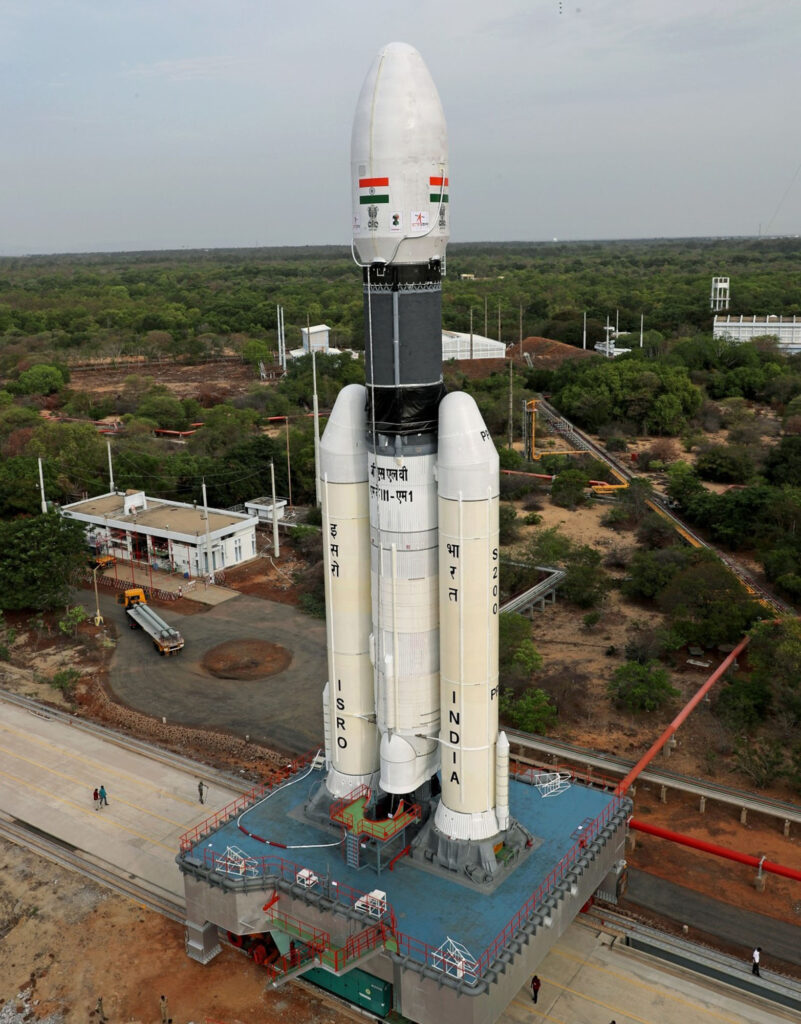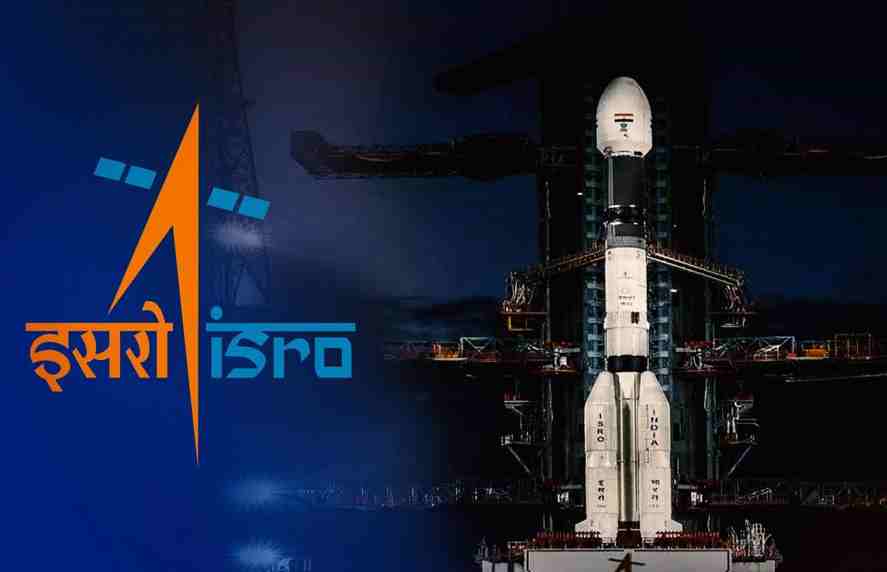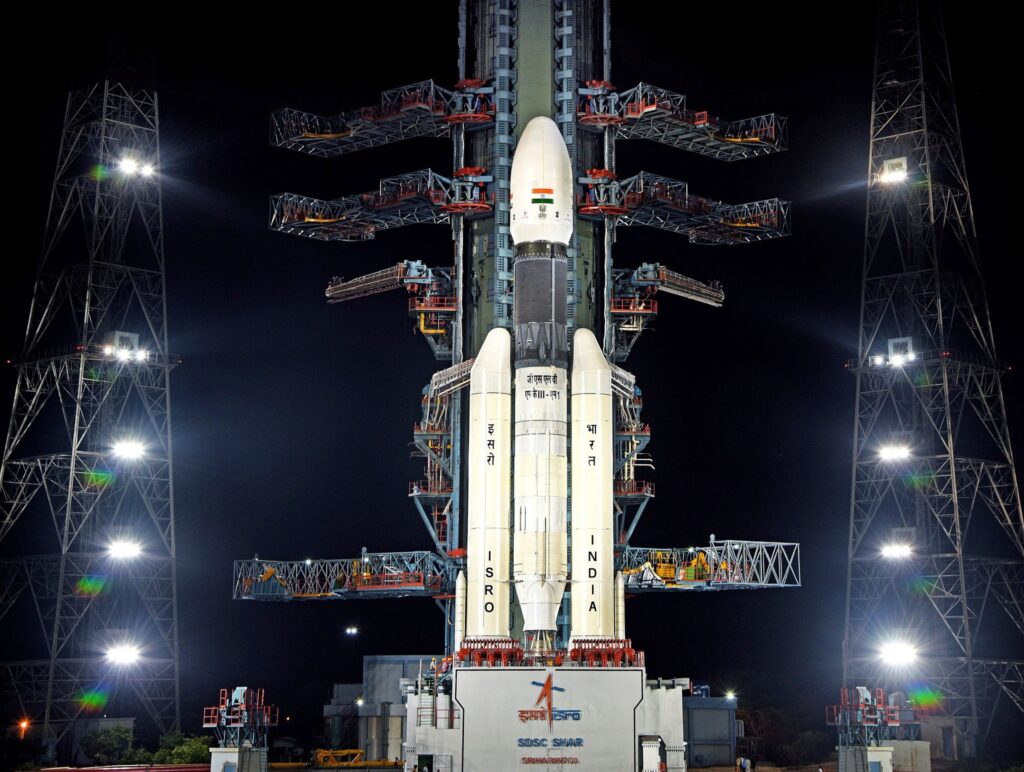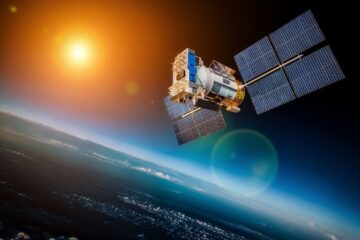Introduction

We’ve all seen the headlines. The roaring success of Chandrayaan-3, the breathtaking images from Mangalyaan, and the powerful GSLV rockets launching satellites into the cosmos. Behind these monumental achievements stands the Indian Space Research Organisation (ISRO), a collective of some of the brightest minds in the country.
It’s only natural that after the sense of national pride subsides, a more practical question pops into the mind of every engineering graduate and aspiring scientist: “What’s the salary like in ISRO?”
It’s a valid curiosity. You’re investing years in education, honing your skills, and you want to know if a career at the forefront of space technology can also offer a stable and rewarding financial life.
Well, you’ve come to the right place. This isn’t just a dry list of numbers. This is your complete, humanized guide to understanding the salary in ISRO, the incredible perks that come with it, the career path you can walk, and the ultimate question: Does the prestige of working for ISRO translate into a satisfying paycheck?
Let’s lift the veil and dive in.
1. Decoding the Jargon: The 7th Pay Commission is Your Friend
First things first, let’s demystify how salaries are structured at ISRO. Unlike a private company where your pay is a result of negotiation and market trends, ISRO, being under the Government of India’s Department of Space, follows a standardized, transparent system: the Central Government’s 7th Pay Commission.
Think of this as the master blueprint. It ensures fairness and clarity across all government positions. The key concept here is “Pay Levels.” Your entry-level position, qualifications, and experience will place you in a specific Pay Level (e.g., Level 10, 11, 12), which determines your basic salary. From this basic pay, all other allowances are calculated. It’s a system designed for steady, predictable growth.
2. The Entry-Level Paycheck: A Deep Dive into an ISRO Scientist/Engineer’s Salary
This is what you’re here for. Let’s talk about the most sought-after entry-level position for engineers: Scientist/Engineer ‘SC’.
When you join ISRO as a fresh BE/B. Tech graduate through the ICRB exam, you are designated as a Scientist/Engineer ‘SC’. This post falls under Pay Level 10 of the 7th Pay Commission matrix.
But your “salary” is more than just one number. It’s a sum of several components. Let’s break down a typical monthly in-hand salary for an ISRO Scientist ‘SC’ in a major city like Bangalore, which has a higher cost of living and thus higher allowances.
| Salary Component | Amount (Approx. Monthly) | What It Is |
|---|---|---|
| Basic Pay | ₹ 56,100 | The core of your salary, before any additions. |
| Dearness Allowance (DA) | ~₹ 25,806 (46% of Basic) | A cost-of-living adjustment allowance. It’s revised every six months and is currently around 46%. This is a significant chunk! |
| House Rent Allowance (HRA) | ~₹ 15,147 (27% of Basic) | Provided if you don’t take up government accommodation. In ‘X’ category cities, it’s 27% of basic pay. |
| Travel Allowance (TA) | ~₹ 4,200 (₹3,600 + DA on it) | Covers your daily commute costs. |
| Other Deductions | (₹ 3,000 – ₹ 5,000) | Includes NPS contribution, insurance, etc. |
So, what lands in your bank account?
After adding the major components and subtracting the minor deductions, an ISRO Scientist/Engineer ‘SC’ can expect an approximate in-hand salary of ₹ 88,000 to ₹ 98,000 per month.
Let that sink in for a moment. As a fresh graduate, you are looking at a package that easily crosses ₹ 1.1 to 1.2 lakhs per month (Cost to Company) when you include all allowances and contributions. This is a competitive and, more importantly, stable starting point that many private sector roles would struggle to match in terms of security and work-life balance.
3. Beyond the Numbers: The “Hidden” Perks That Make ISRO Shine

If you think the in-hand salary is the whole story, think again. The true value of an ISRO compensation package lies in the powerful perquisites and allowances that dramatically increase your quality of life and reduce your financial stress. This is where the government sector truly outshines the private sector for many.
a) Government Accommodation: The Game-Changer
This is arguably the biggest perk. ISRO has sprawling residential colonies near its centers. If you opt for this instead of HRA, you get a high-quality, heavily subsidized house in a secure, well-maintained campus. The rent is a token amount. In a city where renting a similar apartment could cost you ₹ 25,000-₹ 40,000, this is equivalent to a massive, tax-free salary boost.
b) Top-Tier Medical Benefits (CGHS)
You and your entire family are covered under the Central Government Health Scheme (CGHS). This means access to a wide network of hospitals and clinics with minimal out-of-pocket expenses for treatments, surgeries, and medicines. In an uncertain world, this peace of mind is priceless.
c) Leave Travel Concession (LTC)
Imagine being paid to go on vacation. That’s LTC in a nutshell. Every few years, ISRO reimburses the travel cost for you and your family to travel to any part of India. It’s a wonderful initiative to encourage employees to explore the country.
d) A Secure Retirement: Pension (NPS) & Gratuity
While the old pension scheme is gone, the National Pension System (NPS) is a robust, long-term savings plan where both you and the government contribute. On top of this, you receive a gratuity—a lump-sum payment from your employer as a retirement benefit. This ensures your golden years are secure.
e) The Intangibles: Job Security & National Pride
In an era of mass layoffs and constant job-hopping, the absolute iron-clad job security in ISRO cannot be overstated. You are free to focus on your work, your innovation, and your life without the lurking fear of your position being “eliminated.” And finally, there’s the pride. You are not just working for a company; you are serving the nation and pushing the boundaries of human knowledge. The respect that comes with saying, “I work at ISRO,” is a form of social currency that no private job can provide.
4. Climbing the Ladder: Your Career and Salary Growth in ISRO
Your career at ISRO isn’t a stagnant pond; it’s a clearly mapped-out river with a steady current. Promotions are based on a combination of performance and time-bound progression, meaning you have a very clear and predictable career path.
A typical growth trajectory looks like this:
Scientist/Engineer ‘SC’ (Level 10) → Scientist/Engineer ‘SD’ (Level 11) → Scientist/Engineer ‘SE’ (Level 12) → Scientist/Engineer ‘SF’ (Level 13A) → Group Director / Deputy Director → Director of a Centre
With each promotion, your basic pay jumps to a higher level. For instance, an ‘SD’ (Level 11) has a basic pay of around ₹ 67,700, and an ‘SE’ (Level 12) starts at about ₹ 78,800. As you move up, the allowances, which are percentages of your basic pay, also see a significant rise.
Within 10-15 years, it is entirely possible for a dedicated scientist to be drawing a total monthly compensation of ₹ 1.8 to ₹ 2.5 lakhs or more, especially when you factor in promotions and the cumulative effect of DA and other allowances. The highest echelons, like the Directors of various ISRO centres or the Chairman of ISRO, command salaries comparable to senior bureaucrats, with packages exceeding ₹ 3-4 lakhs per month.
5. So, You Want to Get In? The Gateway to an ISRO Career
The primary and most prestigious entry point for engineers is the ICRB (ISRO Centralised Recruitment Board) examination.
- Eligibility: You need a BE/B.Tech or equivalent degree in a relevant stream (Computer Science, Electronics & Communication, Mechanical, Electrical, etc.) with a first-class (minimum 65% aggregate) from a recognized university.
- The Process: It’s a two-stage process:
- Written Test: A computer-based test that assesses your core engineering knowledge, aptitude, and reasoning.
- Interview: Shortlisted candidates from the written test are called for a personal interview, which focuses on your technical depth, problem-solving skills, and passion for space technology.
Other avenues include direct recruitment for specific, experienced roles or through affiliated centres like ISTRAC and IIRS. But for 90% of aspiring engineers, the ICRB exam is the golden ticket.
6. The Great Debate: ISRO Salary vs. Private Sector Salary

This is the million-dollar question. Let’s have a realistic, no-nonsense comparison.
The Private Sector (e.g., IT MNCs, Tech Startups):
- Pros: Potentially higher initial cash-in-hand salary, especially with stock options in tech giants or funded startups. Faster promotions in a high-growth environment. Often, more flashy branding.
- Cons: High pressure, often with a “hire-and-fire” culture. Job instability during economic downturns. Long, unpredictable working hours can burn you out. The high salary in a city like Bangalore can be offset by the exorbitant cost of living.
ISRO (Government Sector):
- Pros: A holistically superior compensation package when you add salary + subsidized accommodation + lifelong medical benefits + pension. Unbeatable job security. A better work-life balance in most scenarios. The unparalleled pride of contribution.
- Cons: The initial cash component might be lower than a top-tier MNC offer. The work culture can be more hierarchical and process-driven than a flat startup. The pace of growth, while steady, might feel slower.
The Verdict: It boils down to your life’s priorities.
Choose the private sector if your primary driver is maximizing immediate cash earnings and you thrive in a high-risk, high-reward environment.
Choose ISRO if you value long-term stability, a phenomenal work-life balance, immense job security, and the non-monetary satisfaction of contributing to national projects.
7. Frequently Asked Questions (FAQs)
Q1: What is the exact in-hand salary for an ISRO Scientist?
For a fresh recruit as a Scientist/Engineer ‘SC’, the approximate in-hand salary is between ₹ 88,000 to ₹ 98,000 per month, depending on the city of posting and the specific deductions.
Q2: Is the salary in ISRO the same as in DRDO?
Yes, largely. Both are premier DRDO (Defence Research and Development Organisation) and ISRO follow the same 7th Pay Commission structure for equivalent posts. The perks and work culture are also very similar.
Q3: Does ISRO provide accommodation for all employees?
ISRO provides government quarters based on availability and your seniority. It’s not an instant guarantee for a new recruit, but the waiting period is often reasonable, and until then, you receive a substantial HRA to cover your rent.
Q4: What is the highest salary in ISRO?
The highest salary is drawn by the Chairman of ISRO, who is at the level of a Secretary to the Government of India. The total monthly compensation, with all allowances, can be well over ₹ 2.5 to 3 lakhs per month.
Q5: Are there performance-based bonuses in ISRO?
While the fixed salary structure is the norm, there can be performance-linked incentives and awards for exceptional contributions. However, it’s not as variable or as large as the performance bonuses in the private sector.
Conclusion: More Than Just a Paycheck
So, what is the final word on the salary in ISRO?
It is robust, transparent, and designed for a dignified life. It provides a strong financial foundation from day one, coupled with perks that shield you from life’s biggest expenses—housing, healthcare, and retirement. When you add the intangible benefits of job security, work-life balance, and the sheer pride of being an “ISROan,” the overall value proposition becomes incredibly compelling.
A career at ISRO isn’t about becoming a millionaire overnight. It’s about a lifetime of meaningful work, financial stability, and the quiet satisfaction of knowing that your daily efforts are helping India reach for the stars. And in the grand calculus of a rewarding career, that counts for a lot more than just numbers on a screen.



0 Comments